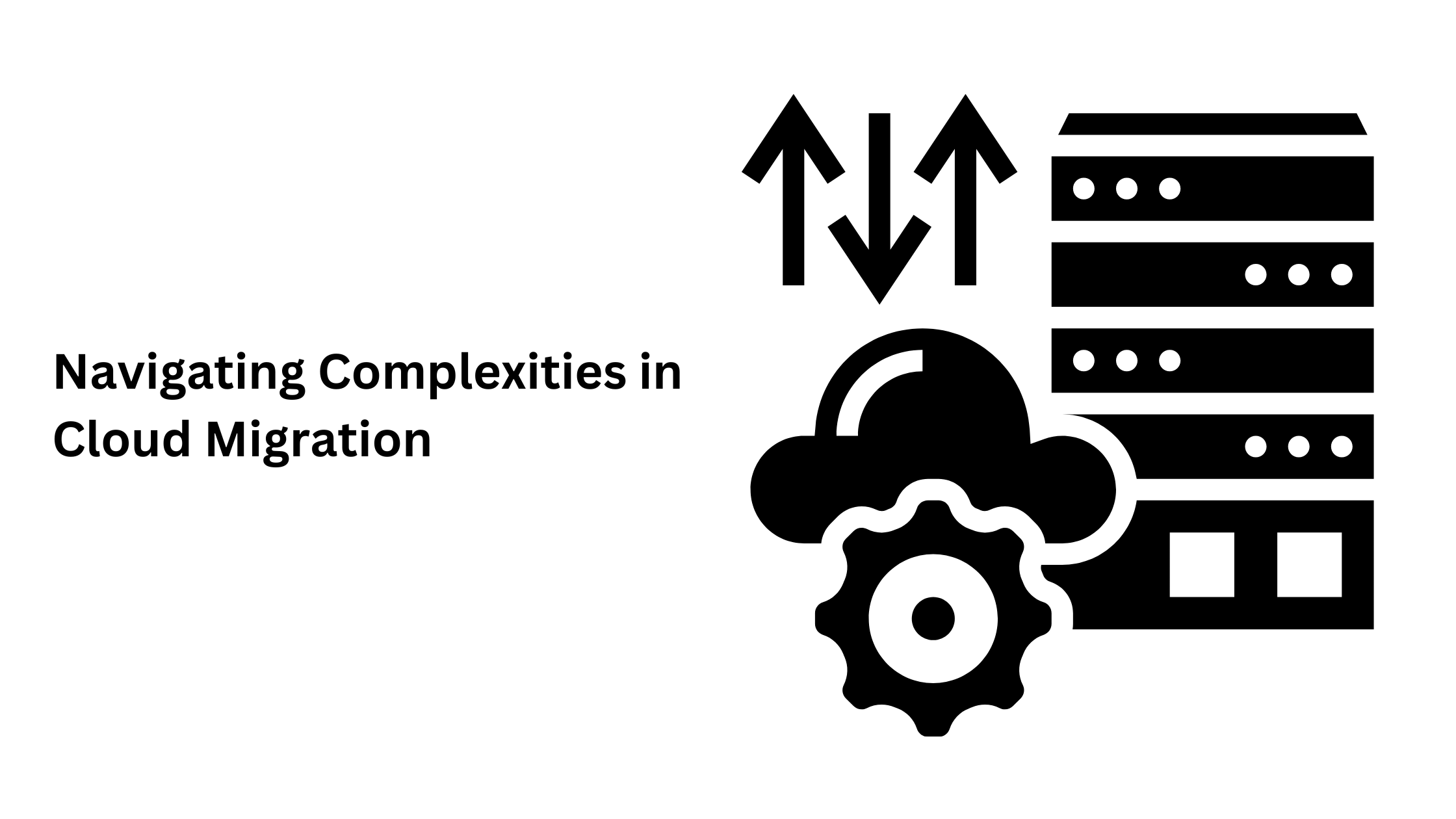
While many businesses have migrated some of their workloads to the cloud, researchers say this is just the beginning. According to a Google survey in 2023, 33% of IT leaders intend to transfer more on-premise workloads to the cloud soon.
The survey found that the current economic climate emphasizes fiscal efficiency and is the most critical driver of enterprise cloud adoption. Organizations may consider using cloud services to avoid huge capital outlays.
However, like with any large-scale digital transformation project, the proper strategic approach is critical to ensuring that the project generates immediate and long-term results.
Cloud transformation solutions can significantly help tackle the complexities businesses face while migrating to the cloud.
6 Complexities Businesses Face While Migrating to Cloud
Migrating to the cloud is a challenging process; it requires a lot of planning and attention for each step.
Below are the six most significant challenges businesses face while migrating to the cloud:
- Strategic Planning
The strategic planning phase is essential to the success of cloud migration. The right cloud migration plan must be chosen depending on the application’s complexity, the business’s needs, and the company’s cloud expertise.
The Five R’s provide a framework for making decisions: rebuild, replace, refactor, revise, and host. As a result, the selected plan must fit the organization’s objectives and the technological environment.
- Expense Management
Moving to the cloud might be expensive. Businesses must know that excessive cloud expenses can result from under-monitored or under-optimized systems.
To avoid overpaying, a thorough budget and cost optimization techniques must be used.
- Data Security and Compliance Management
Moving to the cloud requires additional security and regulatory requirements. It is imperative to carry out comprehensive risk assessments and comprehend the shared responsibility model that governs the relationship between your company and the cloud provider.
To reduce legal and financial risks, ensure the selected cloud provider complies with industry and regulatory requirements.
- Technical Hurdles
Many technical obstacles prevent a successful cloud migration, including data transfer, application re-architecture, and system compatibility.
Cloud migration tools and services, such as Azure Migrate, Google Cloud’s Migrate for Compute Engine, and AWS Migration Hub, streamline the procedure by automating processes like infrastructure setup and data replication.
- Resistance to Adaptation
Cloud migration requires effective change management. A thorough change management plan, leadership support, and effective communication are necessary to overcome organizational resistance.
It is also crucial to engage staff members at every stage of the process and showcase the move’s benefits.
- Resource Management
Companies can gain efficiencies over time by decreasing capital investments in on-premise infrastructure and eliminating the need to shift to new servers when renewing on-premise applications.
Before migration, assessing short-term and long-term expenditures is critical so your business can effectively control cloud costs and deploy resources.
Conclusion
Moving to the cloud is promising because it offers unmatched advantages like increased capacity for innovation, cost-effectiveness, and scalability.
Organizations could effectively handle cloud migration challenges if they made thoughtful plans, followed best practices, and made informed decisions.
Moving to the cloud is a transformative process. A reliable cloud consulting company can help you to effectively strategize cloud migration and avoid pitfalls in your business journey.
Businesses may fully utilize cloud computing by recognizing and tackling the obstacles, opening the door to a more creative and effective operating model.
